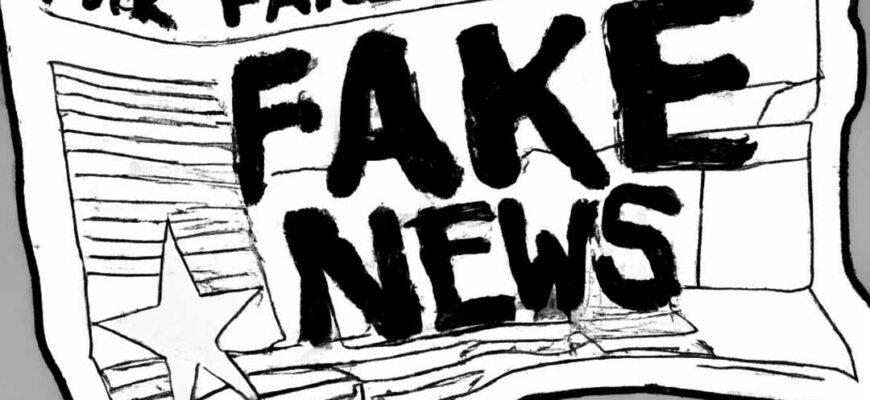How fake news spread on social media
“Svetlana Tikhanovskaya resigns” – the news in the form of a short video appeared about a month ago on the Youtube channel “People Speak”. This short video, which was published at 02:00 at night, was noticed by the Baltic Internet Policy Initiative. It has 969 comments underneath.




Then the journey begins on Vk.com. However, it’s inactive: the fake didn’t take off until midday. Vk.com users wrote: “Will there be any proofs, besides a couple of posts and VK publics?” By 18:00, the text (with the same image) reached “Odnoklassniki”.Svetlana Tikhanovskaya has relinquished her presidential powers of Belarus.
“I am forced to admit that my appearance was premature. The people of Belarus are not ready for democracy. I did not receive the support I was expecting.” pic.twitter.com/Ww8x1QqCdh — Űnuŧrāny niæhødniķ 🏴☠️ 🛴🚲🚜 (@Benderbr_rb) January 9, 2023


- Russian Military-Industrial Complex (31 reposts)
- Russian Aerospace Forces (2 reposts)
- pro Russia (0 reposts)
- Russian World for Putin! (43 reposts)
- RUSSIA – A GREAT POWER (10 reposts)
- POLITICAL REVIEW – WE’RE FOR PUTIN! (11 reposts)



What does this mean? Conclusions and recommendations
Based on the nature of the groups where the information appeared, it can be concluded that some Russian forces are using various social media to disseminate disinformation about Belarusian political leaders. This case is a clear example of how minimal means can make fake news trend. All that remains is to observe how it spreads among users of Russian social networks. And the fact that online media did not pick up the news does not change the scale of social media coverage – tens of thousands of people saw the fake news.- Check when the news first appeared on the internet.
- Find its source and make sure it is reliable (for example, an official public page).
- Check if major media outlets have reprinted the news
- If the news is old, the source is unclear, and the media does not have the news – it should not be trusted.
- Monitor similar cases of strategic communication.
- Analyze the mechanism of information dissemination and look for countermeasures.









